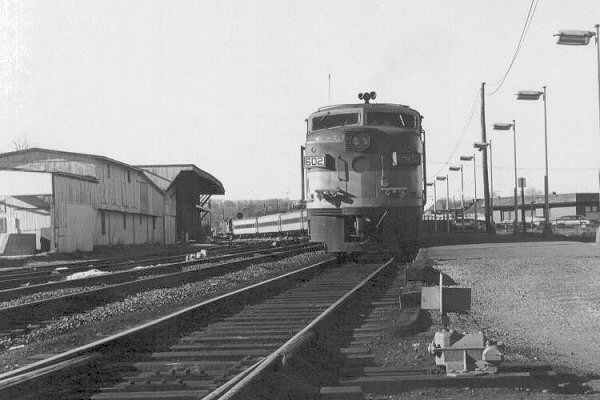Nope, no neutral. Unless you pull the motors out, they're geared to the wheels.
I think a few French motors had gear ratios that could be quick changed (including while standing at a station, IIRC) but I know of no US unit that had this.
I'd imagine the wear and tear of a locomotive in dead tow wouldn't be much as long as the maximum speed isn't exceeded. Unlike a car*, the gearbox will always be under lubrication, and the loads on the gearbox are low. EMUs run all the time with dead motors (for whatever reason) and it doesn't hurt them. Given the stronger design of a locomotive gearbox, I'd imagine it's no issue there at all (I can't see why it would be).
You'd be causing some commutator wear, but if it were enough to kill the motor/brshes, likely the motor wasn't going to last much longer anyway...
I'd be more worried about any currents generated from free wheeling the motors like that, which could be a hazzard, but nothing that couldn't be dealt with.
Was it lack of a suitable HEP locomotive that kept the LIRR from simply recabbing the MP-72/75s into diesel control units? Though I guess the REAL cheap way out in the case would have been to rewire the MU controller for diesel operation

Though, would 3 notches really be too few? (I'd be curious if anyones ever studied time in X notch in typical commuter service)
* Oh, yes. You're not supposed to tow your car on it's driving wheels because all modern transmissions don't circulate lubricant without the enginer running. On an automatic, this is easily fatal to the unit in a few hundred miles at highway speeds because there's no lubricant washing over the released cluch packs to cool them...
